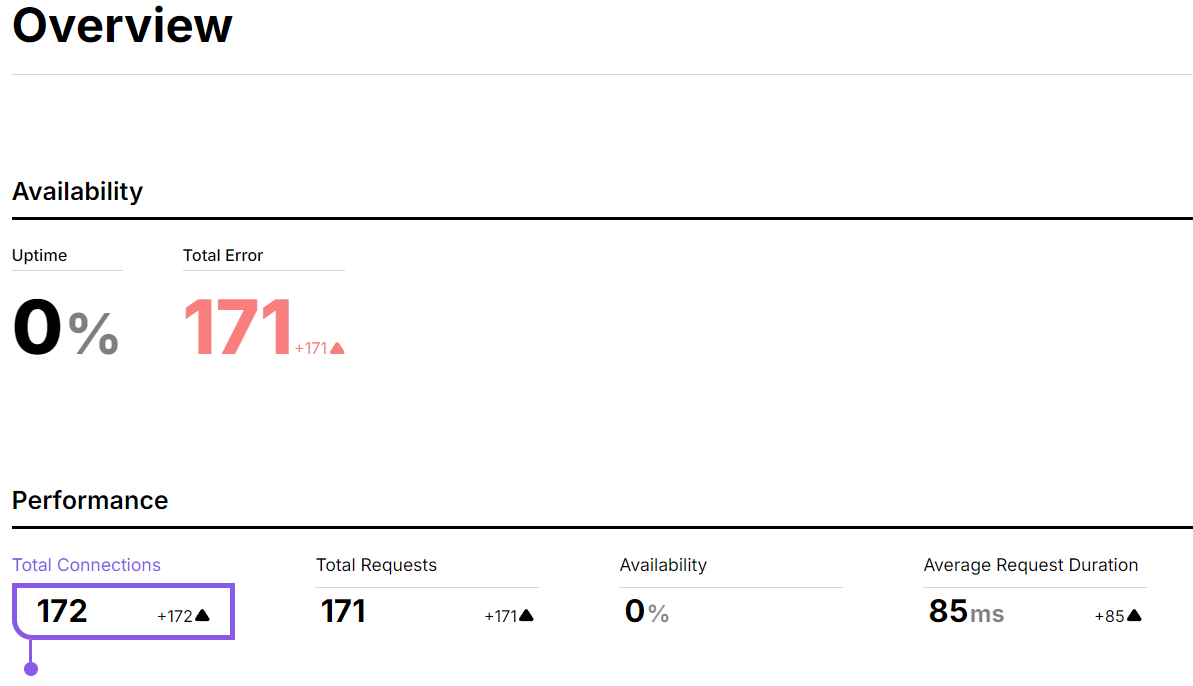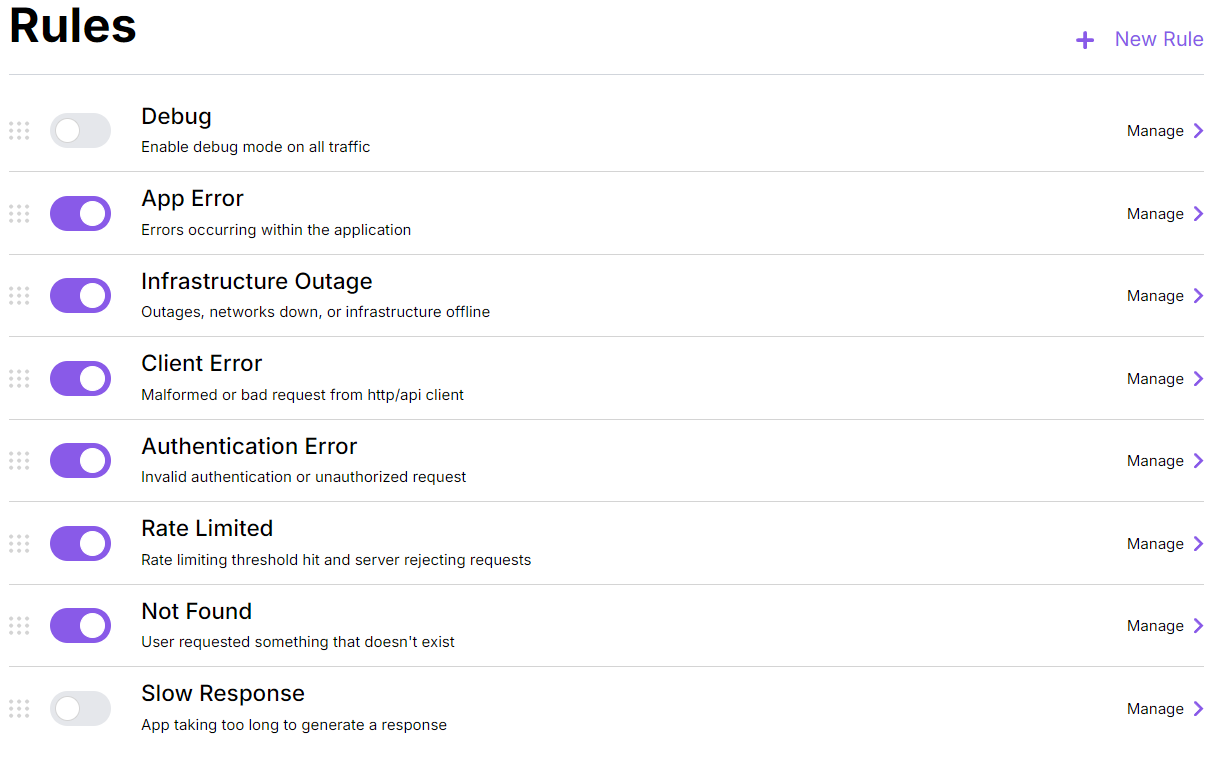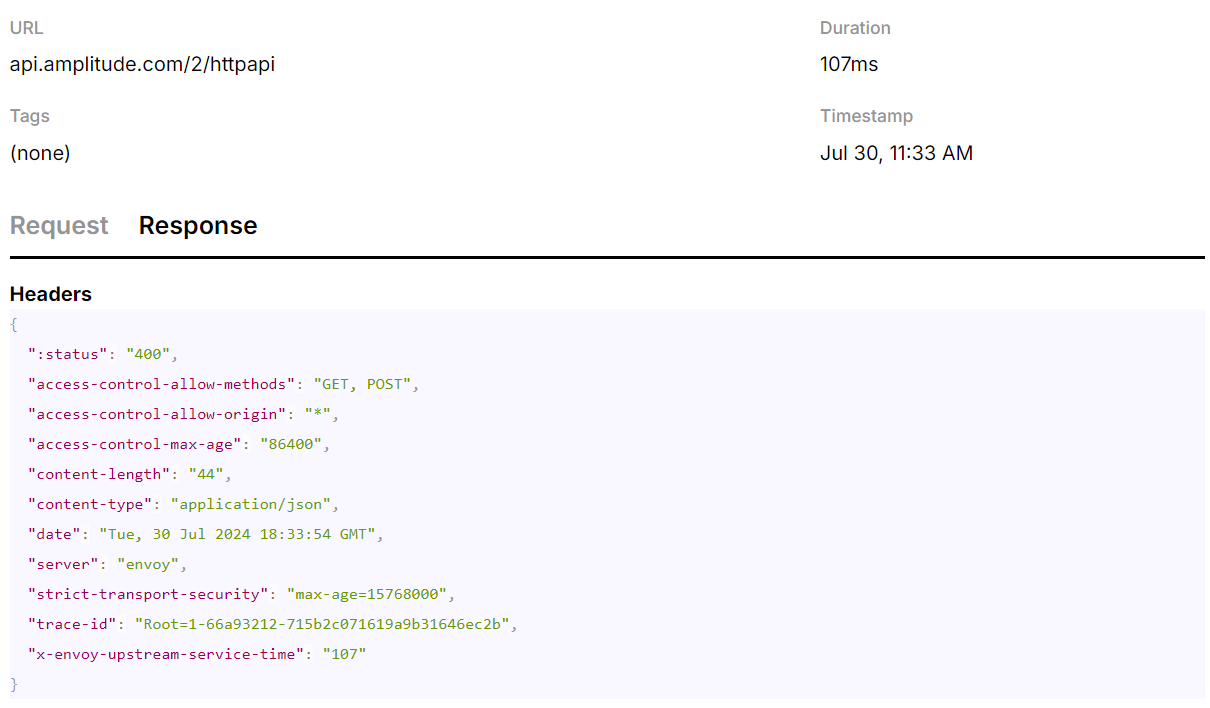Tap Into Your External API Traffic with eBPF


In modern IT infrastructures, effectively managing and securing egress traffic — data that leaves an organization to external destinations — is crucial for both security and operational efficiency. Traditionally, IT teams have focused primarily on incoming traffic and internal network flows, often overlooking the critical importance of outbound data streams. This oversight can lead to vulnerabilities and operational blindspots.
Understanding the Need for Comprehensive Egress Observability
From a security perspective, egress traffic is a critical vector for data exfiltration, where sensitive information can be silently siphoned off by malicious actors. Without proper observability, compromised systems within a network can communicate with external command and control servers, exacerbating security risks. The Log4J vulnerability crisis serves as a stark reminder of how attackers can exploit weaknesses to infiltrate networks and establish persistent threats.
Operationally, lack of visibility into outbound traffic can lead to inefficiencies, compliance issues, and degraded application performance. Many organizations struggle to maintain a clear picture of which applications are making external connections and to what endpoints. This can result in difficulties managing API usage, ensuring regulatory compliance, and quickly resolving issues with third-party services.
Moreover, as businesses increasingly rely on cloud services and APIs, the ability to monitor and manage egress traffic becomes paramount for maintaining system reliability and optimizing performance. Without proper tools, teams may face challenges in identifying the root causes of application issues, managing API token usage, or detecting potential service disruptions before they impact end-users.
The growing complexity of modern IT environments, coupled with stringent regulatory requirements and the ever-present threat of cyber attacks, underscores the necessity for robust, comprehensive egress traffic monitoring. Such capabilities are essential not just for strengthening security postures, but also for enhancing operational efficiency, ensuring compliance, and supporting rapid, data-driven decision making across IT operations.
Introducing Qtap
Qtap employs eBPF to achieve high-fidelity application traffic inspection, offering deep visibility into outbound SSL/TLS traffic before encryption. This allows for *full *payload access without the need for TLS termination or certificate management, giving organizations the ability to detect and respond to traffic anomalies in real-time. And, Qtap delivers on this value proposition with an attractive operational profile:
Built on eBPF: Qtap operates at the kernel level, enabling detailed and efficient traffic analysis with minimal system impact.
Easy to Deploy: Install Qtap with a single command as a docker container, linux binary, or Helm chart. Start with Qtap on a few hosts and scale across your infrastructure as needed.
Out-of-Band Execution: Qtap’s out-of-band traffic analysis ensures comprehensive monitoring without introducing latency, decryption overhead, or single points of failure.
Technical Advantages of Qtap
Deep Visibility into HTTPS Traffic
- Pre-encryption and Post-decryption Data Capture: Capture detailed data insights from the full traffic payload before any encryption occurs and after decryption, ensuring no data detail is missed.
Operational Simplicity
- No Modifications Required: Qtap does not require any changes to SSL/TLS libraries or the applications that use them, ensuring that your existing security infrastructure remains intact.
- No Need to Manage Certificates: Unlike traditional outbound proxies that require managing certificates for TLS termination and inspection, Qtap simplifies operations by eliminating the need for such management. This removes a significant administrative burden and complexity often associated with securing outbound traffic, especially in environments with stringent compliance requirements.
Efficiency and Performance
- Lightweight eBPF Probes: The use of lightweight eBPF probes minimizes the impact on system performance, making Qtap ideal for high-traffic environments.
Qtap Use Cases
Now that we've covered the technical aspects of Qtap, let's explore how it addresses common challenges in network management and security. The following scenarios illustrate Qtap's practical applications in various operational contexts.
Layer 7 Visibility
Many operations teams struggle to maintain a clear picture of their network traffic, particularly regarding which applications are making external connections and to what endpoints. This lack of visibility can lead to security vulnerabilities and compliance issues.
Qtap addresses this challenge by creating a detailed map of all egress traffic. It provides a comprehensive view of network activity, allowing teams to identify unusual patterns or unexpected connections quickly. For instance, Qtap can detect when an application suddenly begins communicating with an unfamiliar server or when there's an unexpected surge in traffic to a particular endpoint. This level of insight enables proactive management of network resources and enhances overall security posture.

Real-Time Monitoring and Alerting
In the realm of network security, rapid response is crucial. Even minor delays in detecting and addressing issues can lead to significant consequences. Qtap serves as a silent observer, continuously monitoring traffic patterns and promptly alerting teams to potential problems.
Qtap provides context-rich information about anomalies, potential security breaches, and performance issues. This detailed insight allows teams to quickly assess situations and take appropriate action, significantly reducing response times and minimizing potential damage.


Enhanced Third-Party API Reliability
In today's interconnected digital ecosystem, applications often rely heavily on third-party APIs. Any issues with these external services can have cascading effects on overall system performance. Qtap acts as an early warning system for API-related problems.
By monitoring traffic to third-party services, Qtap can alert teams to potential issues before they escalate into major disruptions. It can detect increases in API errors or latency, allowing teams to take preemptive action. This proactive approach to API management helps maintain system reliability and minimize downtime.

Accelerated Development and Debugging
Debugging production issues can be a time-consuming and complex process for development teams. Qtap significantly simplifies this task by providing detailed, request-level data that developers can use to quickly identify and resolve issues.
With Qtap, developers gain unprecedented visibility into application traffic, allowing them to pinpoint the source of problems more efficiently. This capability not only speeds up the debugging process but also enables developers to focus more of their time on feature development and innovation.

Conclusion
In the current digital environment, effective management and security of egress traffic is essential for organizational cybersecurity. Qtap provides a robust solution to the challenge of egress observability, overcoming the limitations of conventional methods.
Qtap's use of eBPF technology enables detailed visibility into SSL/TLS traffic without requiring TLS termination or certificate management. This approach, coupled with straightforward deployment and low performance overhead, makes Qtap a significant advancement in network security and management.